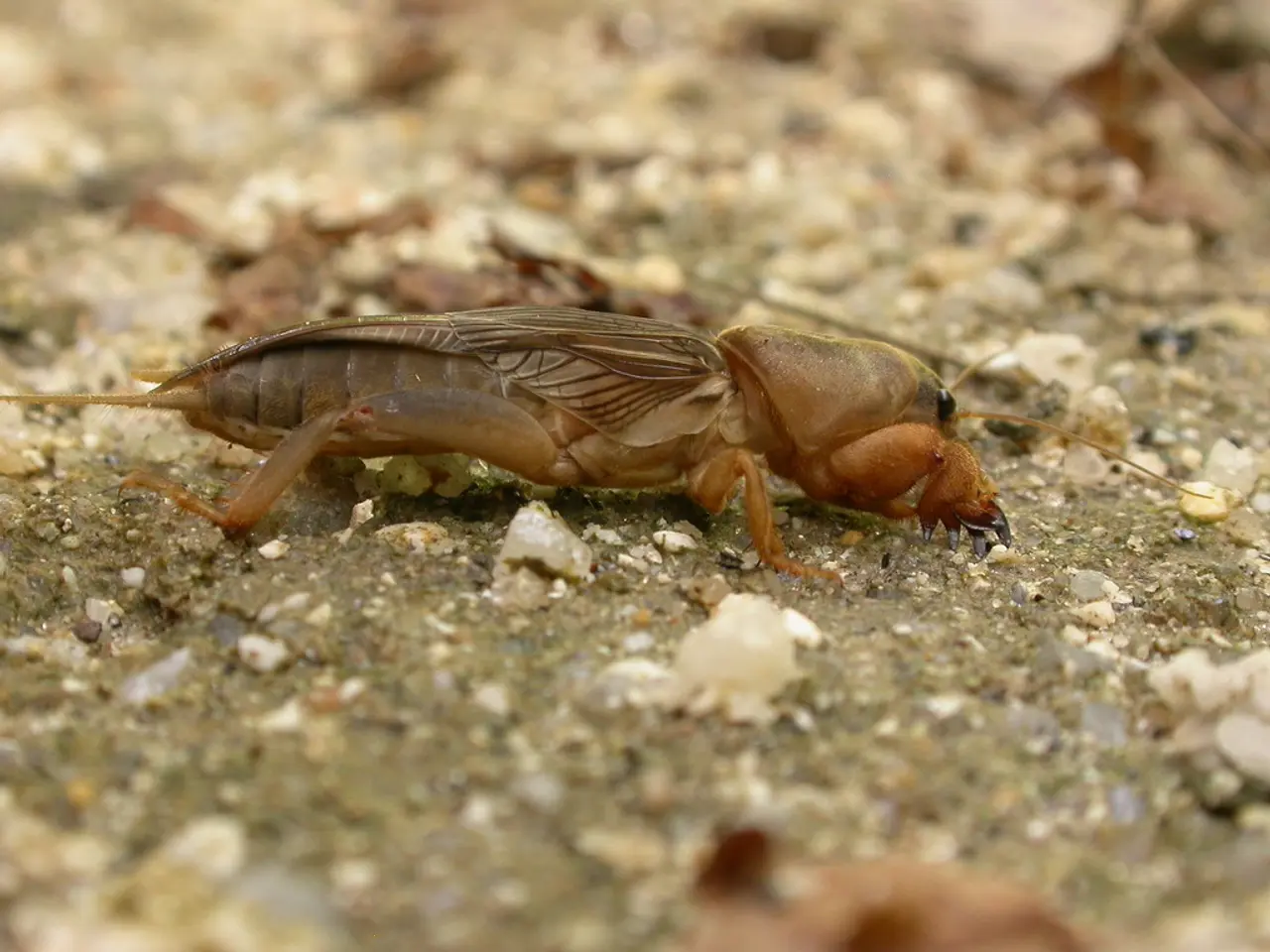Which chemical protection should be applied first: bug repellent or sunscreen? We discover the solution.
Get ready for a day out in nature! Outdoor adventures offer numerous benefits for both physical and mental health, but they come with a few risks. Sunlight and insects are common hazards. To deal with the danger of getting sunburned, cover up with clothing or slather on some sunscreen. If biting insects such as midges and mosquitos give you trouble, use a repellent. But taking care of these two potentially harmful elements can raise a question: should sunscreen or bug spray come first when you're hitting the trails in your hiking boots?
To shed some light on this, we reached out to one of our expert hikers. Here's what they had to say about using insect repellent and sunscreen together:
Which goes on first, sunscreen or bug spray?
The expert advice is simple: Apply sunscreen first and let it soak in and dry. Once it's absorbed, feel free to apply bug repellent. It's crucial to reapply both products throughout the day according to their individual directions to ensure you're staying safe and protected.
Research has shown that applying insect repellent before sunscreen can lead to more DEET absorption than necessary. Insect repellent might reduce the effectiveness of sunscreen, so applying sunscreen first is essential to ensure proper protection.
Remember Julia, our expert hiker who is no stranger to Highland midges and Scottish sunshine? Her advice aligns with the expert's.
Can you use both bug spray and sunscreen?
- Applying sunscreen first is important: DEET-based bug sprays can interfere with the efficacy of sunscreen, so it's crucial to apply sunscreen first and let it soak in.
- Sunscreen does not significantly impact the effectiveness of bug repellent: Research suggests that sunscreen doesn't impact the effectiveness of insect repellent. So, when using the two together, you don't need to worry about increased insect bites.
Many readers have asked if combining bug spray and sunscreen reduces their effectiveness. According to the Centers for Disease Control, DEET-based bug sprays have been proven to lower the UVB protection offered by sunscreen by up to one-third of the stated SPF. So, while they are excellent at keeping bugs at bay, your skin might be more prone to sun damage.
On the other hand, sunscreen may increase DEET absorption into the skin, which could raise concerns because some believe DEET is toxic. Although health experts argue that DEET is safe for the public, this belief is in constant debate.
A clinical trial published in the Journal of the American Academy of Dermatology confirmed that sunscreen does not impact the effectiveness of insect repellent. So, when using the two together, you don't need to worry about increased exposure to insect bites. However, it is essential to take proper measures to ensure your skin is well-protected from the sun.
The Latest Detailed Advice
- Apply sunscreen first: According to the CDC, apply sunscreen first and wait 15 minutes for it to soak in and dry.
- After 15 minutes, apply bug repellent: Apply the insect repellent over the now-dried sunscreen.
- Reapply sunscreen and DEET repellent: Reapply sunscreen every couple of hours or according to the product's directions, and DEET-based repellent every six hours or according to the product's directions.
- Use other sun protection tactics: Be sure to take additional measures like wearing a hat, a base layer, and hiking pants to cover your skin in addition to these protective products.
According to a 2011 clinical trial, applying bug spray first and covering it with sunscreen increases DEET absorption, while applying DEET-based repellent on top of sunscreen does not significantly increase dermal absorption.
For optimal protection against both sun exposure and insect bites during outdoor activities, keep the following in mind:
- Apply sunscreen generously to clean, dry skin and let it absorb (about 15 minutes).
- Then apply insect repellent over the sunscreen.
- Reapply sunscreen every couple of hours or according to the product's directions.
- Reapply insect repellent according to the product's directions.
- Avoid using combination products for more reliable and effective protection.
By following these recommendations, you'll maintain UV protection while maximizing insect repellent efficacy and safety. Happy adventures!
- It's recommended to apply sunscreen first, let it soak in and dry, and then apply bug repellent to ensure the sunscreen remains effective.
- Sunscreen does not significantly impact the effectiveness of bug repellent, so you don't need to worry about increased insect bites when using the two together.
- According to the Centers for Disease Control, DEET-based bug sprays can lower the UVB protection offered by sunscreen by up to one-third of the stated SPF, so it's crucial to reapply both products throughout the day as directed.
- To achieve optimal protection against both sun exposure and insect bites during outdoor activities, follow these steps: apply sunscreen to clean, dry skin, let it absorb, apply insect repellent over the sunscreen, reapply sunscreen every couple of hours, and reapply insect repellent according to the product's directions.






